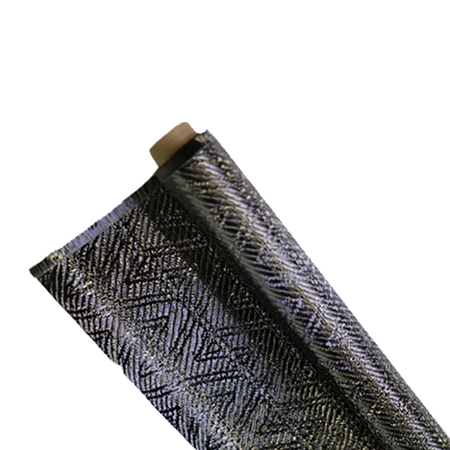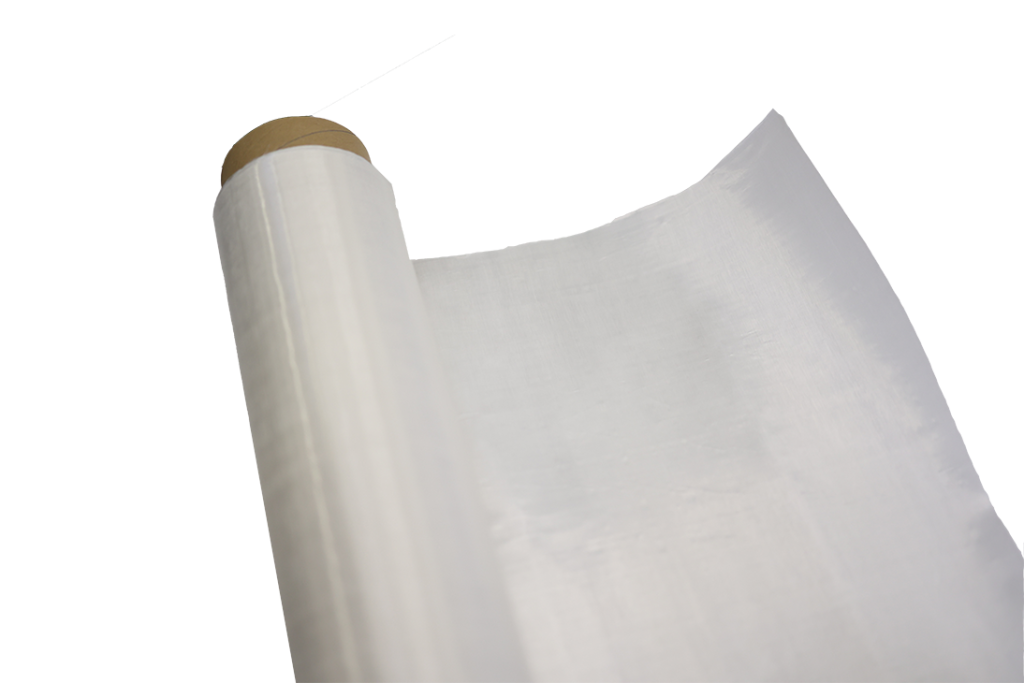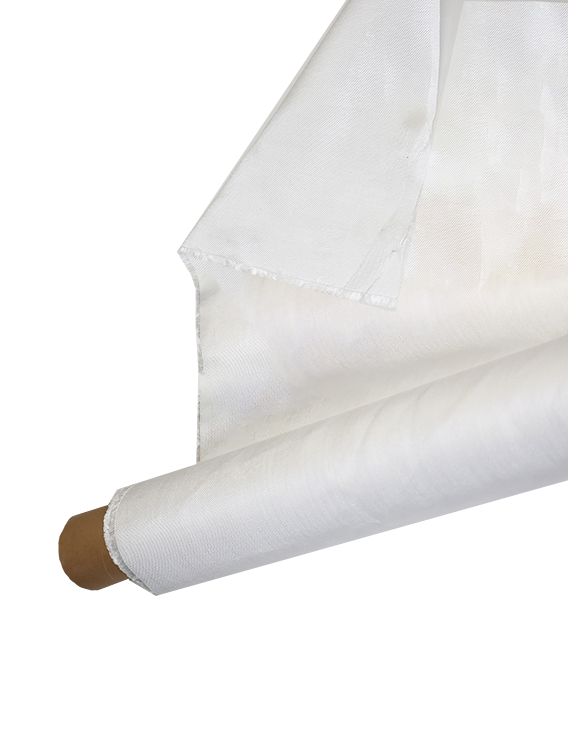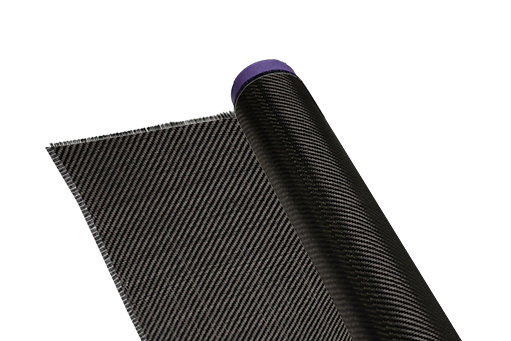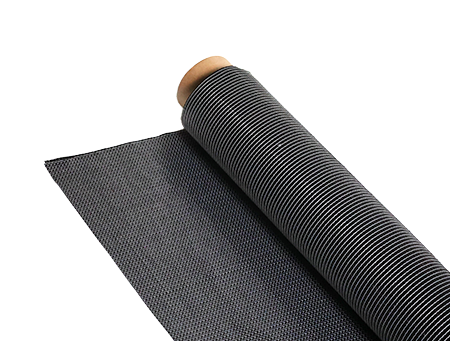Aerospace Supplier Reduces Waste with Prepreg from Our Line
-
Table of Contents
“Elevating Efficiency: Aerospace Supplier Cuts Waste with Our Advanced Prepreg Solutions.”
A leading aerospace supplier has successfully implemented a sustainable solution by utilizing prepreg materials from our product line, significantly reducing waste in their manufacturing processes. This innovative approach not only enhances the efficiency of their operations but also aligns with industry standards for environmental responsibility. By integrating advanced prepreg technology, the supplier is able to optimize material usage, minimize excess, and contribute to a more sustainable aerospace industry.
Aerospace Supplier’s Innovative Use of Prepreg to Minimize Waste
In the aerospace industry, where precision and efficiency are paramount, the quest for sustainable practices has become increasingly important. One notable development in this regard is the innovative use of prepreg materials by an aerospace supplier, which has significantly contributed to waste reduction in manufacturing processes. Prepreg, or pre-impregnated composite materials, are fibers that have been pre-impregnated with a resin system, allowing for enhanced performance and reduced waste during production. This advancement not only aligns with the industry’s push for sustainability but also enhances the overall quality of aerospace components.
The aerospace supplier in question has adopted prepreg technology to streamline its manufacturing processes. Traditionally, the production of composite parts often resulted in substantial waste due to excess resin and the need for post-curing processes. However, by utilizing prepreg materials, the supplier has been able to minimize these inefficiencies. The precise resin content in prepreg eliminates the need for additional resin application, thereby reducing the likelihood of excess material that would otherwise be discarded. This shift not only conserves resources but also lowers the environmental impact associated with the disposal of waste materials.
Moreover, the use of prepreg materials allows for greater control over the manufacturing process. The consistent quality of prepreg ensures that each layer of composite is uniform, which is crucial in aerospace applications where structural integrity is vital. This uniformity not only enhances the performance of the final product but also reduces the likelihood of defects that could lead to waste during production. As a result, the aerospace supplier has reported a significant decrease in scrap rates, which translates to both cost savings and a more sustainable operation.
In addition to reducing waste, the adoption of prepreg technology has also led to improvements in production efficiency. The supplier has noted that the handling and layup of prepreg materials are more straightforward compared to traditional methods. This ease of use allows for faster production cycles, enabling the company to meet tight deadlines without compromising on quality. Consequently, the integration of prepreg into their manufacturing processes has not only enhanced operational efficiency but has also positioned the supplier as a leader in sustainable aerospace practices.
Furthermore, the aerospace supplier’s commitment to sustainability extends beyond waste reduction. By choosing prepreg materials, they are also contributing to the overall reduction of energy consumption during the manufacturing process. The lower curing temperatures required for prepreg compared to traditional composite materials result in decreased energy usage, further enhancing the environmental benefits of this innovative approach. This holistic view of sustainability underscores the supplier’s dedication to not only improving their own operations but also setting a benchmark for the industry.
In conclusion, the innovative use of prepreg materials by the aerospace supplier exemplifies a significant step forward in minimizing waste within the aerospace sector. By reducing excess material, enhancing production efficiency, and lowering energy consumption, the supplier has demonstrated that sustainable practices can coexist with high-quality manufacturing. As the aerospace industry continues to evolve, the adoption of such innovative solutions will be crucial in addressing environmental challenges while maintaining the rigorous standards required for aerospace components. This commitment to sustainability not only benefits the supplier but also contributes to a more responsible and environmentally conscious aerospace industry as a whole.
The Environmental Benefits of Prepreg in Aerospace Manufacturing
In the aerospace manufacturing industry, the pursuit of efficiency and sustainability has become increasingly paramount. One innovative solution that has emerged is the use of prepreg materials, which are pre-impregnated composite fibers that offer significant environmental benefits. By integrating prepreg into their production processes, aerospace suppliers are not only enhancing the performance of their components but also reducing waste and minimizing their ecological footprint.
To begin with, the manufacturing process of prepreg materials is inherently more efficient than traditional methods. Prepregs are produced by saturating composite fibers with a resin system, which is then partially cured. This process allows for precise control over the resin content, ensuring that the materials are used optimally. Consequently, the risk of excess resin waste is significantly diminished. In contrast, traditional composite manufacturing often involves manual mixing and application of resin, which can lead to inconsistencies and surplus material that ultimately ends up as waste. By utilizing prepreg, aerospace manufacturers can streamline their operations, thereby reducing the amount of material discarded during production.
Moreover, the use of prepreg materials contributes to a reduction in energy consumption. The curing process for prepreg is typically conducted at lower temperatures compared to traditional composite curing methods. This not only lowers the energy requirements during manufacturing but also results in a more efficient production cycle. As energy consumption is a critical factor in assessing the environmental impact of manufacturing processes, the adoption of prepreg technology represents a significant step toward more sustainable practices in the aerospace sector.
In addition to reducing waste and energy consumption, prepreg materials also enhance the longevity and durability of aerospace components. The superior mechanical properties of prepreg composites lead to lighter and stronger parts, which can improve fuel efficiency in aircraft. Lighter aircraft require less fuel to operate, which directly translates to lower greenhouse gas emissions during flight. This aspect of prepreg technology aligns with the aerospace industry’s broader goals of reducing its carbon footprint and promoting environmentally responsible practices.
Furthermore, the recyclability of prepreg materials is an important consideration in the context of sustainability. While traditional composite materials can pose challenges in terms of recycling, advancements in prepreg technology are paving the way for more sustainable end-of-life solutions. Research and development efforts are underway to create recycling processes specifically tailored for prepreg composites, which could significantly reduce the amount of waste generated at the end of a product’s lifecycle. By investing in these innovative recycling methods, aerospace manufacturers can further enhance their commitment to environmental stewardship.
In conclusion, the integration of prepreg materials into aerospace manufacturing processes offers a multitude of environmental benefits. From reducing waste and energy consumption to improving the durability of components and promoting recyclability, prepreg technology represents a forward-thinking approach to sustainable manufacturing. As the aerospace industry continues to evolve, the adoption of such innovative materials will play a crucial role in meeting the growing demand for environmentally responsible practices. By embracing prepreg technology, aerospace suppliers are not only enhancing their operational efficiency but also contributing to a more sustainable future for the industry as a whole. This commitment to sustainability is essential as the world increasingly prioritizes environmental considerations in all sectors, including aerospace manufacturing.
Cost Savings Achieved by Aerospace Suppliers Through Prepreg Waste Reduction
In the aerospace industry, where precision and efficiency are paramount, the management of materials plays a critical role in both operational effectiveness and cost control. One of the most significant advancements in this area has been the adoption of prepreg materials, which are pre-impregnated composite fibers that offer numerous advantages over traditional materials. As aerospace suppliers increasingly turn to prepreg solutions, they are discovering not only enhanced performance characteristics but also substantial cost savings achieved through waste reduction.
The use of prepreg materials inherently minimizes waste during the manufacturing process. Unlike traditional layup methods, which often involve excess resin and require careful mixing and application, prepregs come with a precise resin-to-fiber ratio. This precision ensures that manufacturers utilize only the necessary amount of material, thereby reducing the likelihood of excess waste. Consequently, aerospace suppliers can optimize their material usage, leading to a more sustainable production process. This reduction in waste not only contributes to environmental sustainability but also translates into significant financial savings.
Moreover, the efficiency of prepreg materials extends beyond the initial manufacturing phase. The curing process for prepregs is typically more controlled and consistent, which results in fewer defects and rework requirements. In traditional manufacturing, variations in temperature and humidity can lead to inconsistencies in the final product, necessitating additional resources to rectify these issues. By utilizing prepreg materials, aerospace suppliers can achieve higher quality outputs with fewer defects, thereby reducing the costs associated with rework and scrap. This improvement in quality control is particularly crucial in the aerospace sector, where safety and reliability are non-negotiable.
In addition to reducing waste and improving quality, the use of prepreg materials can also streamline the overall production process. The pre-impregnated nature of these composites allows for quicker layup times, as the material is ready to use without the need for additional preparation. This efficiency not only accelerates production timelines but also enables suppliers to respond more swiftly to market demands. As a result, aerospace suppliers can enhance their competitiveness while simultaneously reducing labor costs associated with longer production cycles.
Furthermore, the long-term benefits of adopting prepreg materials extend to inventory management. Traditional composite materials often require extensive storage and handling due to their shorter shelf life and the need for careful mixing. In contrast, prepregs can be stored for longer periods when kept at the appropriate temperatures, allowing suppliers to maintain a more streamlined inventory. This reduction in inventory turnover not only minimizes storage costs but also enhances cash flow, enabling suppliers to allocate resources more effectively.
As aerospace suppliers continue to embrace innovative materials and processes, the shift towards prepreg solutions stands out as a pivotal development. The cost savings achieved through waste reduction, improved quality control, streamlined production processes, and enhanced inventory management collectively contribute to a more efficient and sustainable manufacturing environment. In an industry where margins are often tight and competition is fierce, these advantages can make a significant difference in a supplier’s bottom line. Ultimately, the integration of prepreg materials not only supports the operational goals of aerospace suppliers but also aligns with broader industry trends towards sustainability and efficiency, paving the way for a more responsible and economically viable future in aerospace manufacturing.
Q&A
1. **Question:** How does the use of prepreg materials help aerospace suppliers reduce waste?
**Answer:** Prepreg materials are pre-impregnated with resin, which minimizes excess material and ensures precise application, leading to reduced waste during the manufacturing process.
2. **Question:** What are the environmental benefits of using prepreg in aerospace manufacturing?
**Answer:** The use of prepreg reduces the need for solvents and other chemicals, leading to lower emissions and a smaller environmental footprint, while also enhancing material efficiency.
3. **Question:** How does the adoption of prepreg technology impact production efficiency in aerospace supply chains?
**Answer:** Prepreg technology streamlines the manufacturing process by allowing for faster layup times and improved consistency, which enhances overall production efficiency and reduces cycle times.The implementation of prepreg materials from our line has enabled the aerospace supplier to significantly reduce waste in their manufacturing processes. By utilizing advanced composite technology, the supplier has optimized material usage, minimized excess, and enhanced production efficiency. This not only contributes to cost savings but also aligns with sustainability goals, demonstrating a commitment to environmentally responsible practices in the aerospace industry. Overall, the transition to prepreg has proven to be a strategic advantage, fostering innovation while reducing the ecological footprint.

